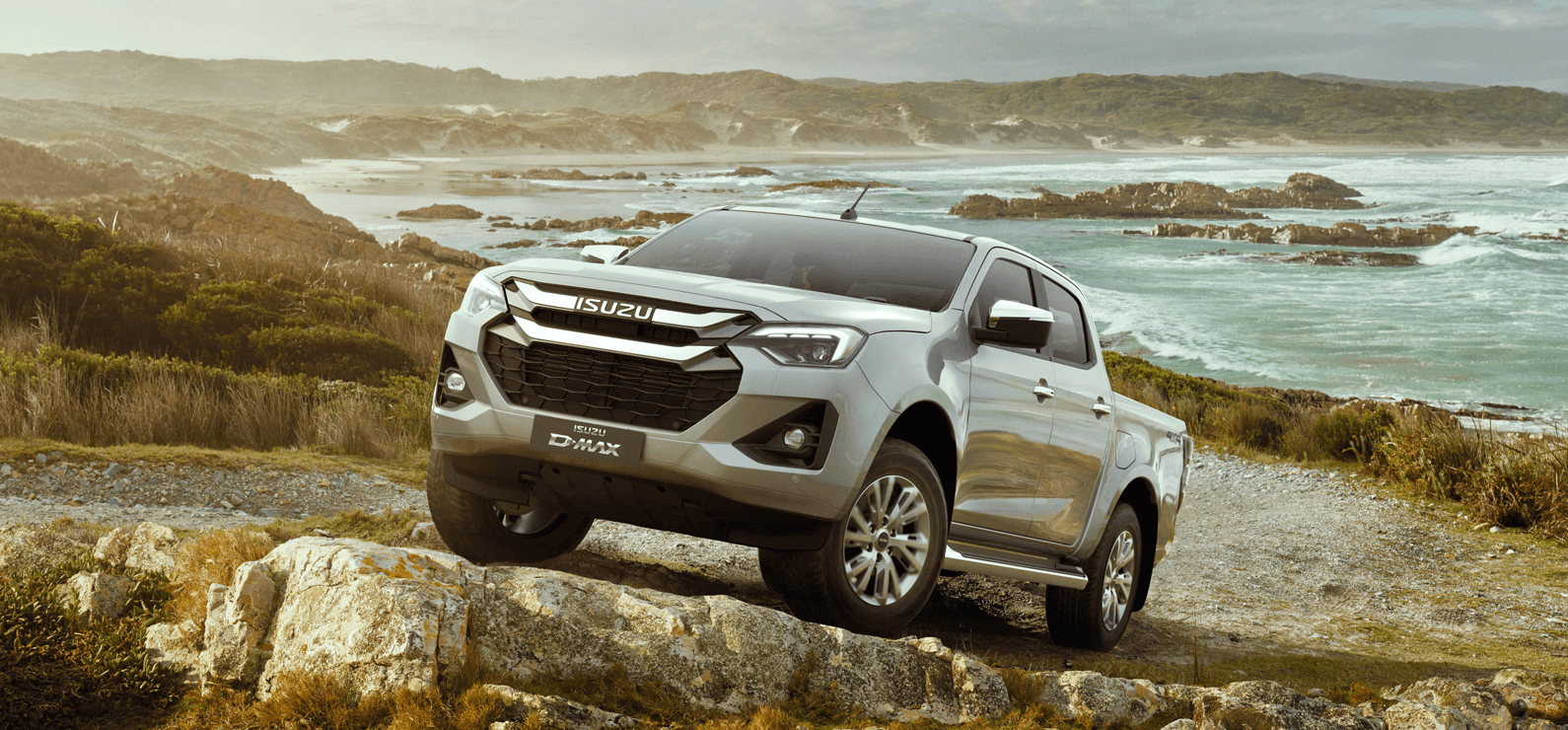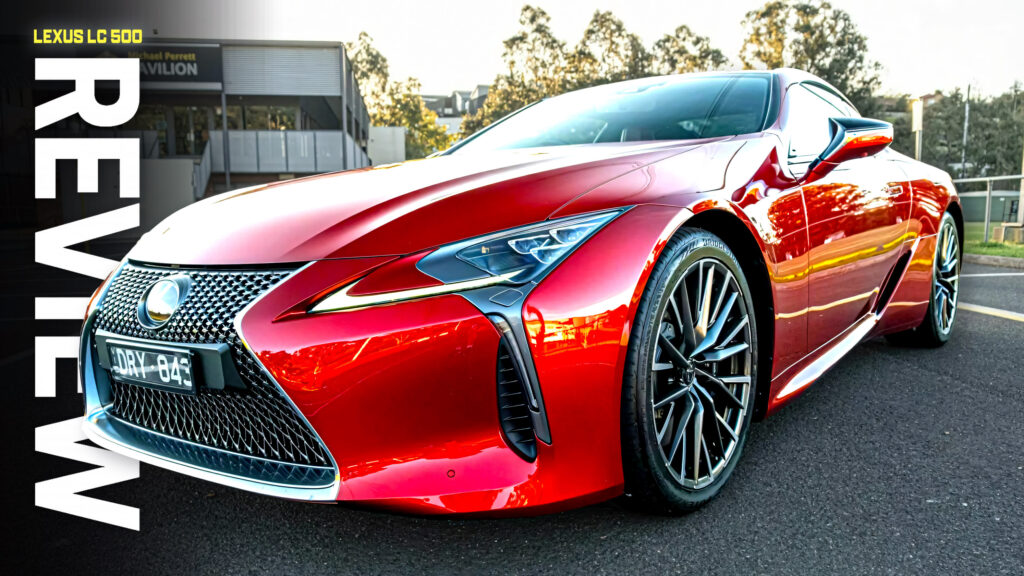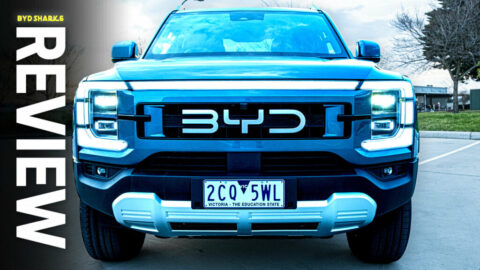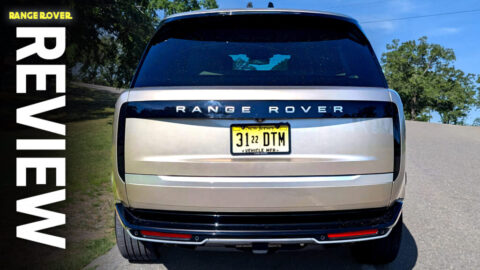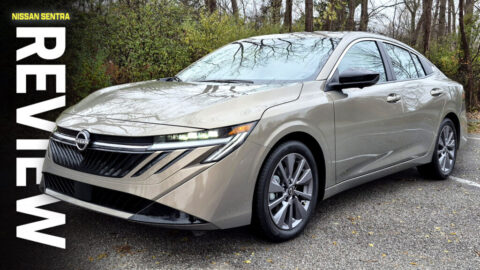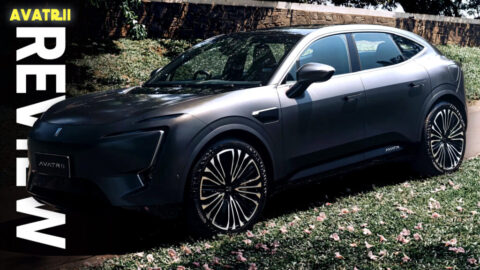By most car industry standards, the Lexus LC500 is practically a classic now. Come January, it will have been a full decade since it first turned heads at the 2016 Detroit Auto Show, a milestone that feels surreal in today’s fast-paced automotive world.
While it’s not totally unheard of for cars to still be around a decade after launching, the Nissan GT-R, for instance, was around even longer, the LC is unusual because in that time, it hasn’t received a significant facelift to freshen it up.
And somehow, it still works. The LC500 remains one of the most beautiful cars on sale, and after spending time with the latest version, it feels more relevant than ever.
For all intents and purposes, the LC500 is a car that has defied time and is all the better for it. In a world where new EVs are routinely hitting the market and cars with naturally aspirated V8s have become far and few between, it stands out from all other grand tourers on the market.
QUICK FACTS
SWIPE
Photos Brad Anderson/Carscoops
What Keeps It Timeless?
It’s been six and a half years since I first fell in love with the LC500 after living with a Zinnia Yellow example for a week. So, when Lexus Australia offered me the chance to drive the 2025 model, I jumped at the opportunity, eager to see how the two-door has aged and how it now stacks up against the competition.
For the most part, the LC recipe has remained remarkably consistent since it first hit the market. It is still powered by the 2UR-GSE 5.0-liter naturally aspirated V8 (unless you opt for the not-so-exciting LC500h hybrid), and continues to muscle out 471 hp (351 kW) at 7,100 rpm and 540 Nm (398 lb-ft) of torque at 4,800 rpm. There’s also the familiar 10-speed automatic transmission and rear-wheel drive.

In Australia, prices for the 2025 LC500 start at A$227,164 ($147,400), although the model we tested also included the Enhancement Pack 1, adding dynamic rear steering, variable gear ratio steering, and an active spoiler. It also included a carbon fiber roof, 10-way power-adjustable front seats, carbon fiber scuff plates, and more leather and Alcantara throughout the interior.
Total cost: AU$243,514 ($158,000). Pricey, yes, but it feels every bit the event it should. U.S. buyers will see a starting figure of $101,700.
Lexus has been wise to leave the exterior design of the LC500 largely untouched since its introduction, but has made some minor upgrades to the interior over the years.
Photos Brad Anderson/Carscoops
Cabin Updates
The most significant of these changes came in 2024 when Lexus abandoned the confusing center console trackpad of earlier models and fitted a new infotainment with a 12.3-inch display.
This was arguably the only update that needed to be made to the cabin to keep it feeling fresh, and it’s a welcome inclusion. Unfortunately, the bigger screen has forced Lexus to ditch the – quite elegant – analog dash clock.
Much like current Toyota models, the infotainment software of the latest LC500 is quite basic, but the touchscreen does at least respond quickly to inputs. It also comes standard with wireless Apple CarPlay, but unfortunately, only wired Android Auto.

Elsewhere, there’s the same digital instrument cluster we’re familiar with, including the LFA-inspired central gauge that can slide sideways at the press of a button.
The fit and finish of the interior is absolutely superb. It may be old, but it remains the highest-quality cabin of any current Lexus model. There’s a nice steering wheel with metal paddle shifters, plush leather draped across the dashboard, door panels, and center console, and dedicated climate control buttons, which are becoming increasingly rare in the modern world.
Read: Lexus Future Lineup Includes Supercar Speeds And An SUV That Could Replace Gas Giant
The seats are brilliant, providing the perfect amount of thigh and side bolstering to keep you locked in position during spirited drives while remaining comfortable on the highway.
Improvements have also been made to the 13-speaker Mark Levinson audio system that make it sound even better than before. Admittedly, I can’t testify to its quality as I didn’t use it all that much, as I preferred to listen to the V8’s symphony instead.
One feature I didn’t like was the parking cameras. Every time I came to a stop at an intersection or a red light, the infotainment display would switch to the camera view – and, annoyingly, I couldn’t find a setting to disable it.
There are also two rear seats, but they’re so small that they’re practically useless for carrying passengers for any meaningful distance.
Photos Brad Anderson/Carscoops
As Good As Ever To Drive
It’ll come as no surprise to hear that the 5.0-liter mill dominates the driving experience. There are only a handful of cars with naturally aspirated V8s left, and spending a week with one only makes us happier that reports of the ICE’s death appear to have been greatly exaggerated.
Unlike the eight-cylinder you’ll find in a Ford Mustang or Chevrolet Corvette, the engine of this Japanese V8 sounds more refined and less animalistic, no doubt in part to the fact that Yamaha helped develop it.
Down low, it has a lovely exotic bellow more akin to a V8 with a flat-plane crank, rather than one with a more traditional cross-plane crank. Build the revs, and the 2UR delivers an intoxicating metallic howl, making the LC500 an absolute hoot to drive.
During my time with the LC500, I spent quite a lot of time navigating suburban streets and was seriously impressed with just how well it handled them. The ride is slightly firmer than I remember, probably because Lexus added new front and rear underfloor braces to improve structural rigidity as part of the 2024MY update.

Aiding in the poise and maneuverability of the LC500 is the rear-wheel steering and variable-ratio steering included with the Enhancement Pack 1. At low speeds, the steering is incredibly direct, only requiring small inputs to make big changes on the road. It’s perfectly weighted, too, regardless of the kind of driving.
Of course, the Lexus thrives on the open road and proved to be the perfect dance partner along Victoria’s famous Great Ocean Road. The company quotes a 0-100 km/h (0-62 mph) time of 4.7 seconds.
Although the best I was able to achieve was 5.3 seconds, it never feels like it’s yearning for more power. Still, I was left wondering what the LC500 would feel like if it were supercharged, or if the long-rumored twin-turbo V8 LC F did become a reality.
Photo Credits: Brad Anderson/Carscoops
The engine revs through to 7,300 rpm and performs best when taken close to its redline. Keep the throttle buried into the carpet and the 5.0-liter begins to howl while the 10-speed automatic transmission rattles of changes with precision.
It may not be as quick as a dual-clutch, but it’s more than fast enough. Its low-speed poise and smoothness are also far superior to any DCT out there, perfectly complementing the V8.
Then there’s the sound. Oh, the sound… Get the LC warmed up and the exhaust delivers some satisfying cracks during upshifts and downshifts. Echoing off highway underpasses and tunnels, the sound envelops your soul, encouraging you to pin the throttle all day long.
If I have the slightest complaint is that it could be a little louder. Thankfully, there are plenty of aftermarket exhaust options out there.

While the LC500 is a grand tourer and tips the scales at a hefty 1,910 kg (4,210 lbs), it handles far better and is way more dynamic than you may expect.
The excellent steering, combined with the hunkered-down ride and the sticky Bridgestone Potenza Sport tires of our test car, allow it to morph from a comfortable cruiser to a sports car that thrives along sweeping bends and hairpins. It feels way lighter than it actually is.
Fuel efficiency likely won’t be of interest for those in the market for an LC500. For the record, Lexus quotes a consumption figure of 11.6 l/100 km (20.2 US mpg). I was able to average 13.5 l/100 km (17.4 US mpg), which isn’t bad at all. While cruising on the highway, it’s possible to average as little as 7.5 l/100 km (31.3 US mpg).
Verdict
There will probably never be anything like the LC500. Screaming V8s are quickly dying and production of the LC could end next year. While Toyota appears poised to launch a powerful sports car, that will somewhat fill the void of the LC and will offer more performance, it will likely cost more too.
So, if you’re in the market for a GT with timeless exotic looks, a great interior, and proven Japanese reliability, get an LC before it’s too late. Either that or start searching the classifieds for a low-mileage one, as it could become quite valuable in the future.

